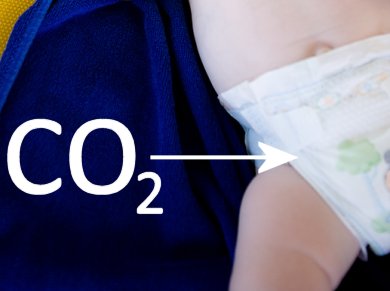CO2 is a cheap and abundant C1 building block for the production of organic chemicals. The direct synthesis of acrylates from CO2 and alkenes is one of the most economically attractive, but also one of the most challenging, of these “dream reactions”. Na acrylate is an industrially important acrylate, being frequently used as a monomer to make partially neutralized superabsorber polymers. These are ubiquitous in daily life and are found, for example, in modern diapers.
Michael Limbach and colleagues, Catalysis Research Laboratory, Heidelberg, have succeeded in developing a homogeneous catalyst system based on a Ni complex that permits the catalytic synthesis of Na acrylate from CO2, ethylene, and a base. it has a turnover number of greater than 10 with respect to the metal. This represents a good starting point for process optimization that may lead to a novel acrylic acid/acrylate value-added chain based on renewable raw materials rather than the current state-of-the-art, 2-step oxidation processes, which are based on fossil-fuel-derived C3-hydrocarbons.
- The First Catalytic Synthesis of an Acrylate from CO2 and an Alkene—A Rational Approach,
M. L. Lejkowski, R. Lindner, T. Kageyama, G. É. Bódizs, P. N. Plessow, I. B. Müller, A. Schäfer, F. Rominger, P. Hofmann, C. Futter, S. A. Schunk, M. Limbach,
Chem. Eur. J. 2012.
DOI: 10.1002/chem.201201757




